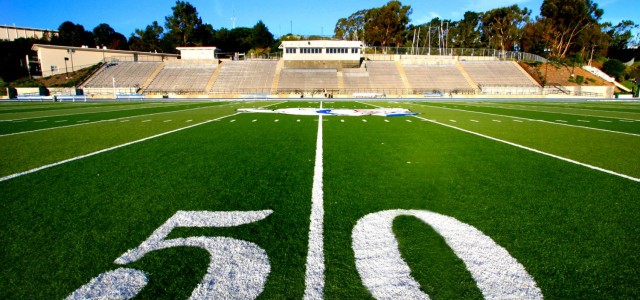In a perfect world, all bettors would have a recurring weekly appointment set on their smartphones reminding them to make their football picks, for example, at their favorite sportsbook. And in this perfect world, sportsbooks and sports bettors lived harmoniously with balanced action – that’s 50 percent of sports bettors betting one team, 50 percent betting on the other.
In a perfect world, sportsbooks would post their odds and betting lines for every single game one time only and the lines would stay that way until the game was over.
The reality of the situation is this: sports betting is a game of supply and demand… (and sadly, ours is not quite a perfect world). When action isn’t balanced, and the outcome of an event could lead to a loss for the house, the sportsbook is exposed. How exposed? The risk the sportsbook is willing to take determines the line changes.
The Art of Changing Lines
The Money Line
If you had no idea that betting lines moved, here is a quick refresher course: A typical NFL moneyline would be something like Chicago Bears -165, Green Bay Packers +145. The -165 means you must risk $165 to win $100 on the Bears, while the +145 means you get back $145 for each $100 risked should the Packers win outright (minus the sportsbooks’ commission – usually $10 for every $100).
Even though moneylines are expressed in units of $100, you do not have to bet that much money. The moneyline will work just as easily with a $5 or $10 wager as it does with a $100 bet. Keep in mind, the team with the + is always the underdog. And remember, playing the moneyline is equivalent to picking a team to win straight-up (SU).
The Spread
Just like with the money line, one team will be favored and one will be the underdog when you’re betting against the spread. Instead of the odds and potential payout for each team moving as the game draws nearer, the payout will always be close to the same for both selections. What will change when betting against the spread is the amount of points a team is giving up or gaining on the final score sheet.
How They Move
Money line odds will sometimes shift to favor one team more heavily and teams lose and gain points against the spread after lines have opened for a variety of reasons. If it’s learned that a key player will miss a game due to injury, his team’s chances of winning are likely to go down. Depending on how instrumental he’s been to the team’s success during the season thus far, the change in the lines could be significant. Sportsbooks can sometimes overcompensate or under-compensate for a player’s absence, so keep an eye out.
Other factors like weather and betting action can cause the spread and money line to shift leading up to a game. While betting early can sometimes get you the best odds for your selection before the lines have moved (perhaps due to heavy action on one side or the other), don’t disregard the fact that a last minute injury announcement or a sudden snow fall could hurt your chances of covering.
Questions?
So the obvious question you’re probably asking yourself: “Why don’t sportsbooks just keep moving the lines until they are balanced?” The answer to that is less than obvious: Because there is also a risk involved every time a line is moved. Sportsbooks want to change the spreads to avoid being too far offside on one team, but the fear of getting “sided” or “middled” keeps them from moving the spreads at times too. Sportsbooks that move lines too far can suffer heavy losses with a bad outcome, as will sportsbooks that don’t move lines enough.
Teasers and Buying Points
Getting an extra point can add nearly 4 percent to your chance of winning a wager. This is particularly important around key numbers in football, 3 and 7. Obviously that extra point means a lot more in an expected close game. Getting 2.5 points instead of 2 is likely to have a bigger impact than getting 22.5 instead of 22. But you never know! A half point can turn a loss into a push or a push into a win. Getting a few extra wins or pushes over the course of the season can make a huge difference on your bank roll.
If you see a line that is moving in a direction you like, it might be wise to wait until right before kickoff in hopes of getting that extra half point. Obviously it can work the other way too, where a team you like starts giving back points to the underdog. You should always track opening and closing lines to see how books handle them.
In a lot of cases, Top Bet gives bettors the opportunity to buy points against the spread. What this means is you can accept a potentially smaller payout in order to increase the number of points your team is taking on, or decrease the number of points they’re giving up. If the line hasn’t moved to the point that you expected or wanted it to, then this can be a great way to get it to that sweet spot.
Overall, the public prefers favorites and over with the total, so the lines do tend to move in that direction. Thus the rule-of-thumb is to play the favorite and over early and the underdog and under late. You won’t get the best line every time following this rule, but it should serve as a solid base and it may boost your win percentage.
Looking for the best line value? Top Bet Sportsbook has NFL betting lines, NFL futures and more.
2,563 total views, 1 views today








